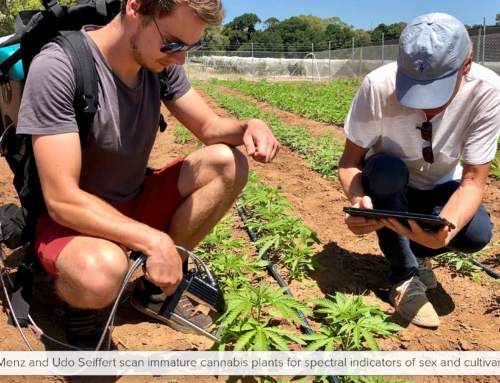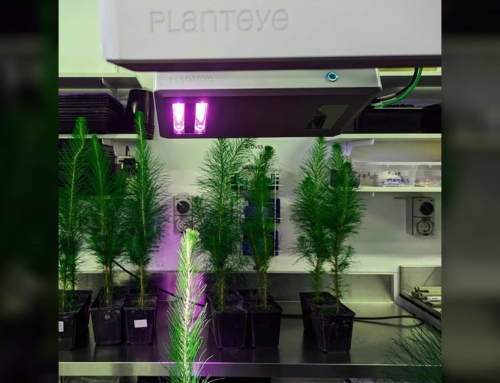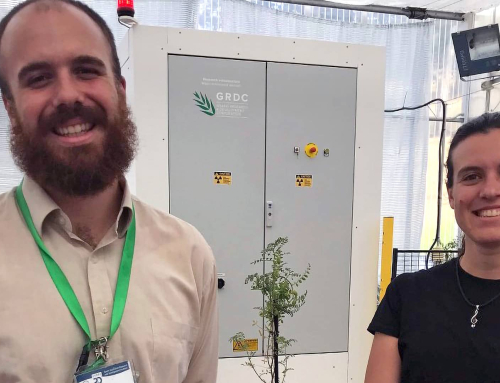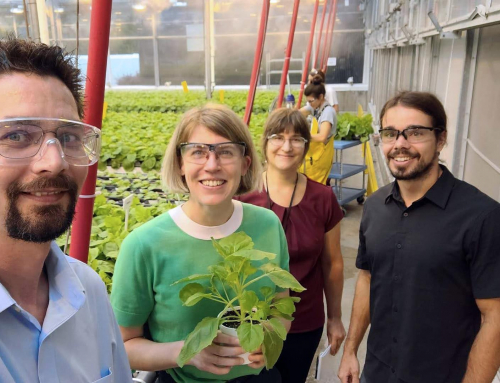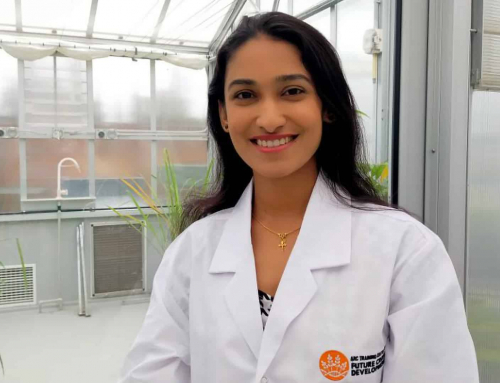How many plants? How many replicates? Fully randomised, randomised blocks or Latin square?
These are standard and time-honoured questions when designing a field trial or greenhouse experiment according to the Australian Plant Phenomic Facility’s Senior Biostatistician, Dr Chris Brien. Chris has extensive experience in experimental design and statistical analysis, for which he has developed libraries of free software in the R programming language.
However, a field trial is typically just one phase of a larger experiment. Chris warns that practical constraints, harvesting and post-processing – milling of grain, chemical assays or genetic analysis, for example – can all introduce extra variation, and potentially weaken an otherwise good design.
Prevention is better than cure. Ideally, field experiments should be designed with post-processing in mind, Chris argues. In a recent paper on multiphase experiments, he gives some practical examples of how to achieve this. The techniques are equally applicable to clinical trials, industrial quality control and product evaluation – to name just a few application areas.
Read the review paper (Multiphase experiments in practice: A look back).
Contact Dr Chris Brien.



